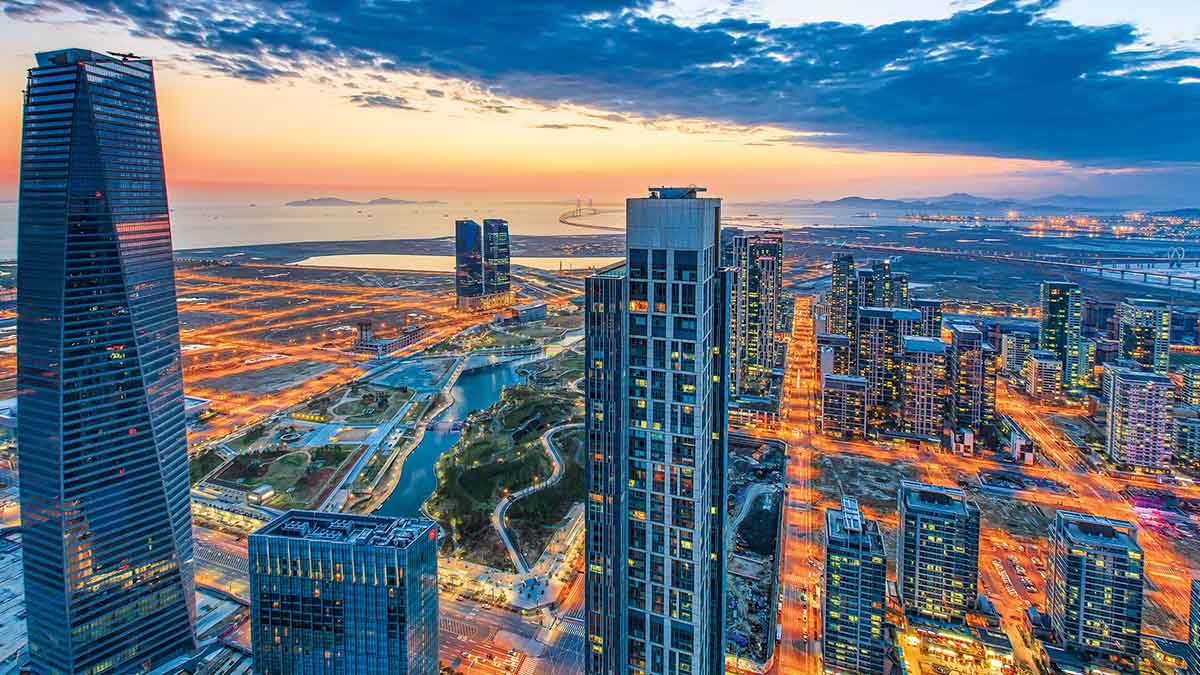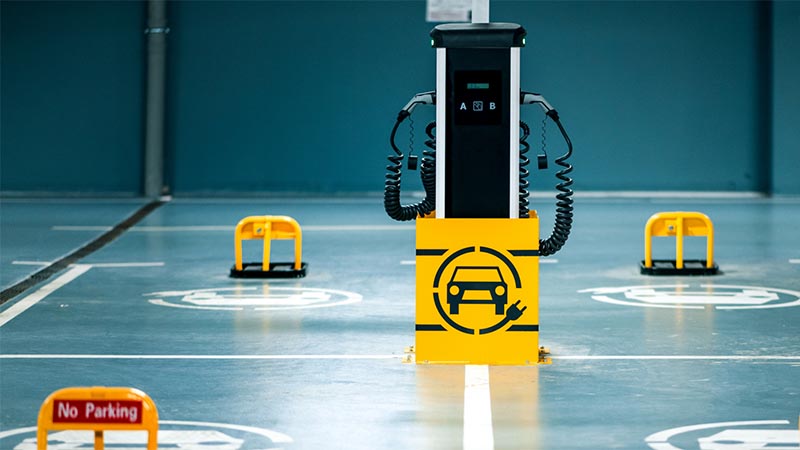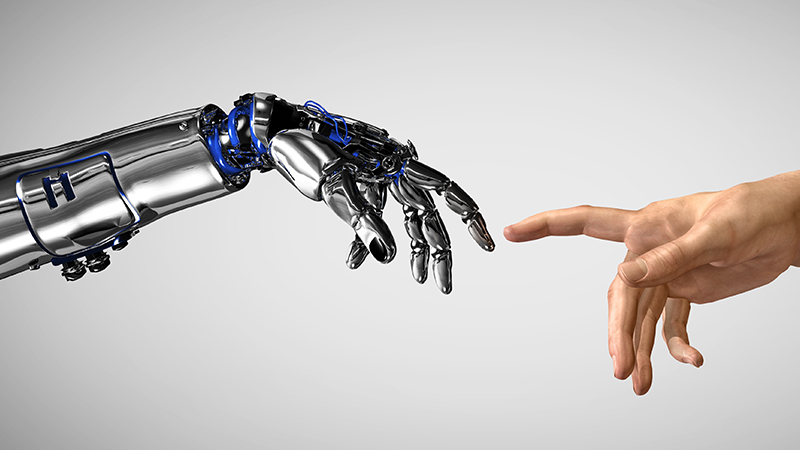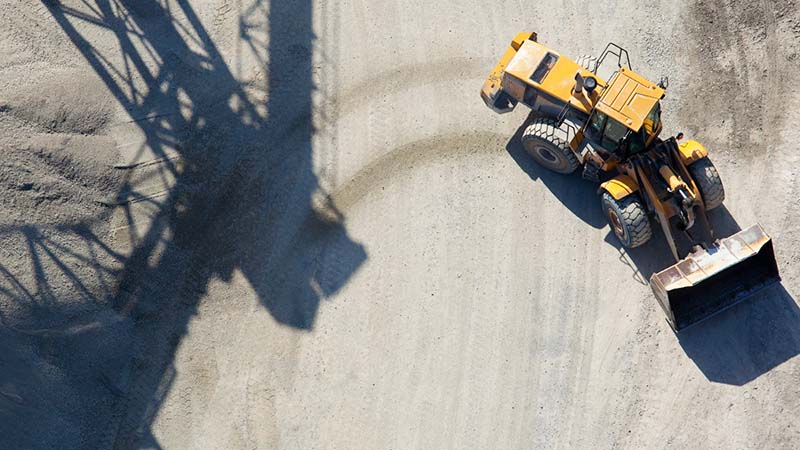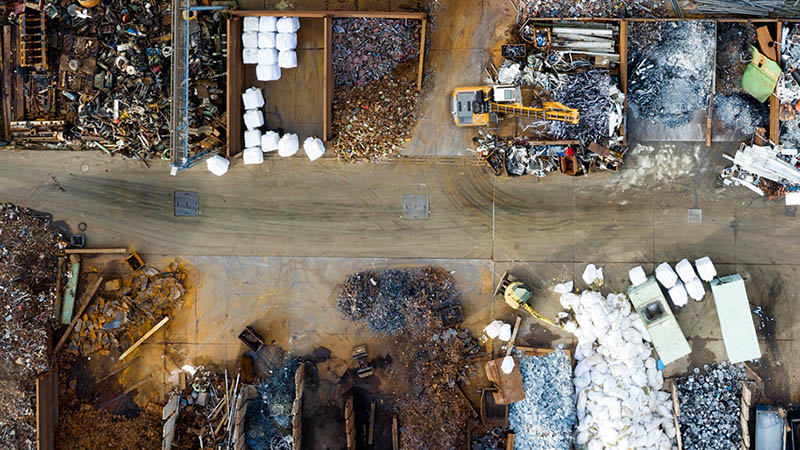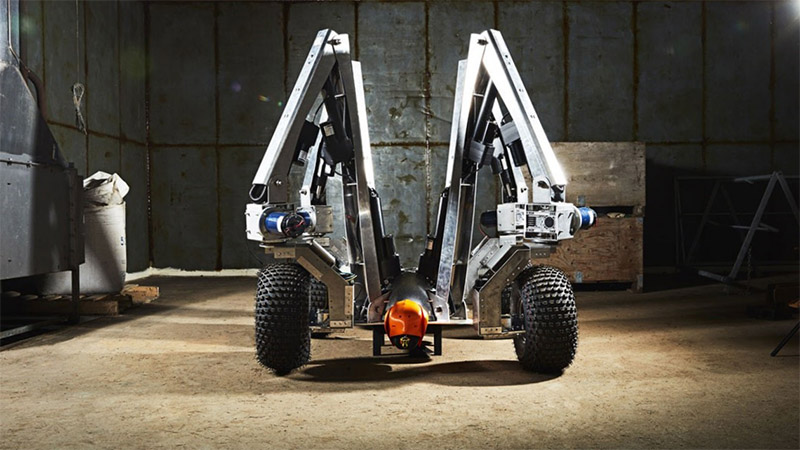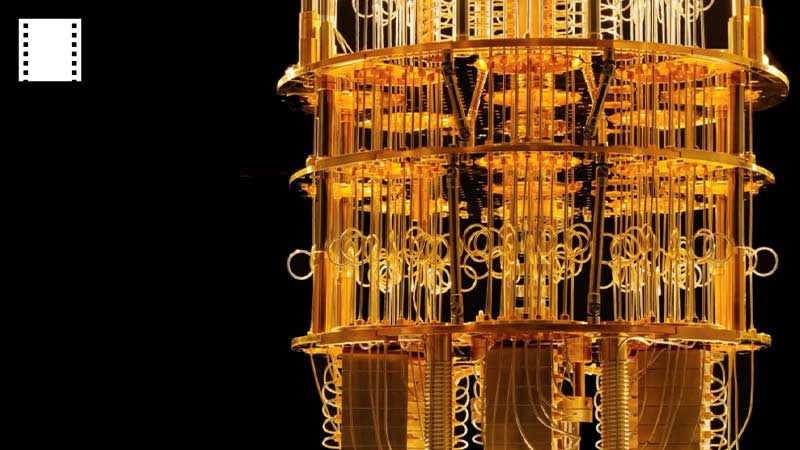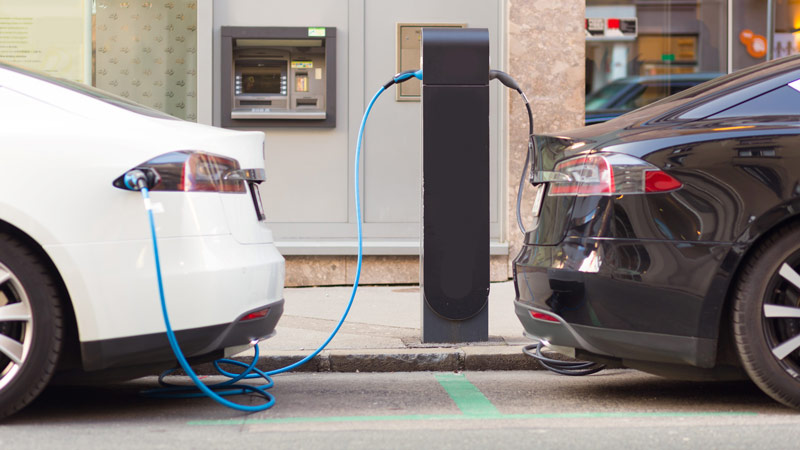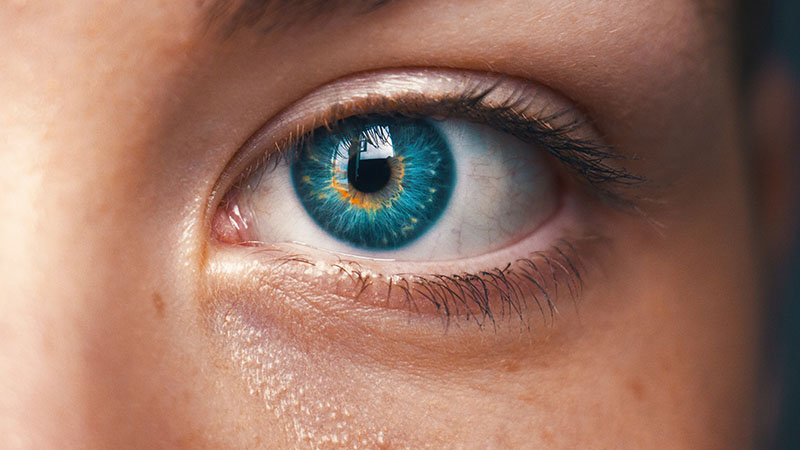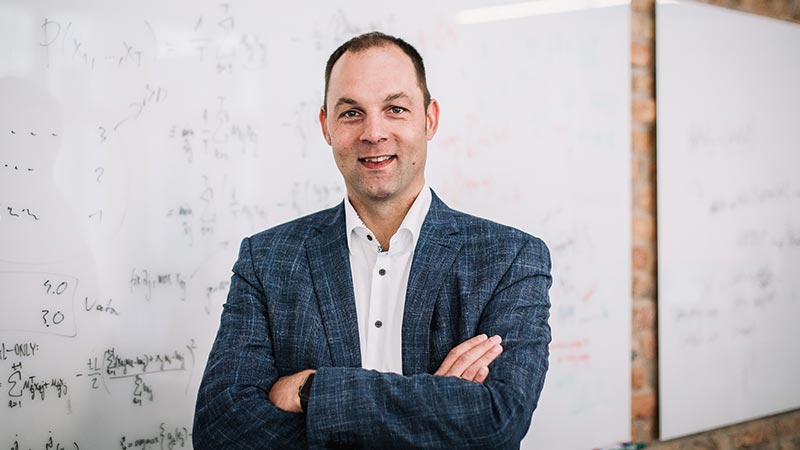In South Korea’s Incheon Free Trade Zone, the future has already begun. Experts, architects and investors from all over the world have built a model city here: Songdo City, newly built on six square kilometers of land that was reclaimed from the Yellow Sea. Completion of the third and final phase of its construction is planned for 2020. The city itself is a kind of “best-of” metropolis. Its tallest building, the North East Asia Trade Tower, is strongly reminiscent of the Freedom Tower of the new World Trade Center in New York; its Convention Center recalls the Sydney Opera House; and its green lung is called “Central Park”. Parks and gardens comprise forty percent of the city’s area.
Songdo has implemented what is an important prerequisite for true smart cities: full support for the Internet of Things – in other words, the networking of all devices with each other, facilitating the ongoing exchange of data between them. In Songdo, apartments, public facilities, industrial buildings – indeed every aspect of public life – are all integrated into a common network, meaning that the residents are permanently providing data for collection. For the 70,000 people who will eventually live here, it is a total network.
Virtually every aspect of public life can be dealt with by using a single keycard, which is a door key, public transport ticket and payment device, all in one. The city uses the data generated to optimize energy usage, educate the inhabitants, and also make them aware of how resources are being used. In the apartments, for example, monitors are installed which praise – or admonish – the persons living there, depending on whether they are reaching ambitious energy saving goals or not. Songdo's objective is to become thirty percent more efficient than any other city.

